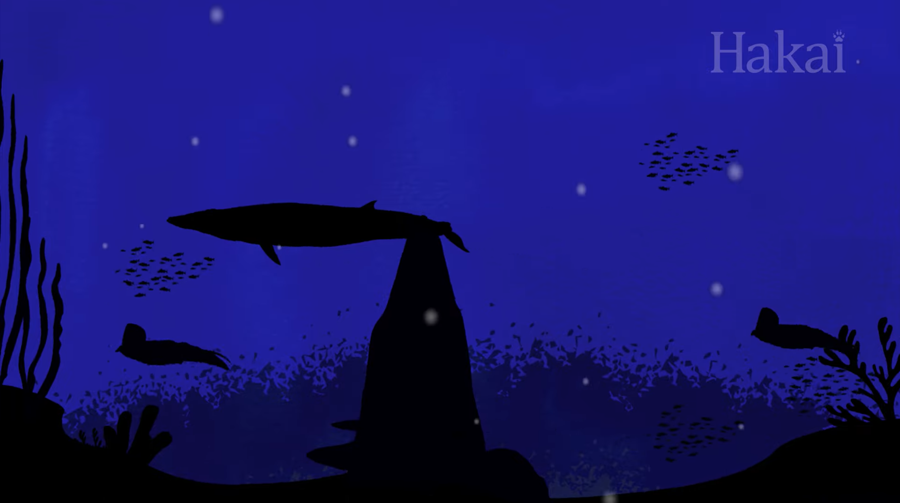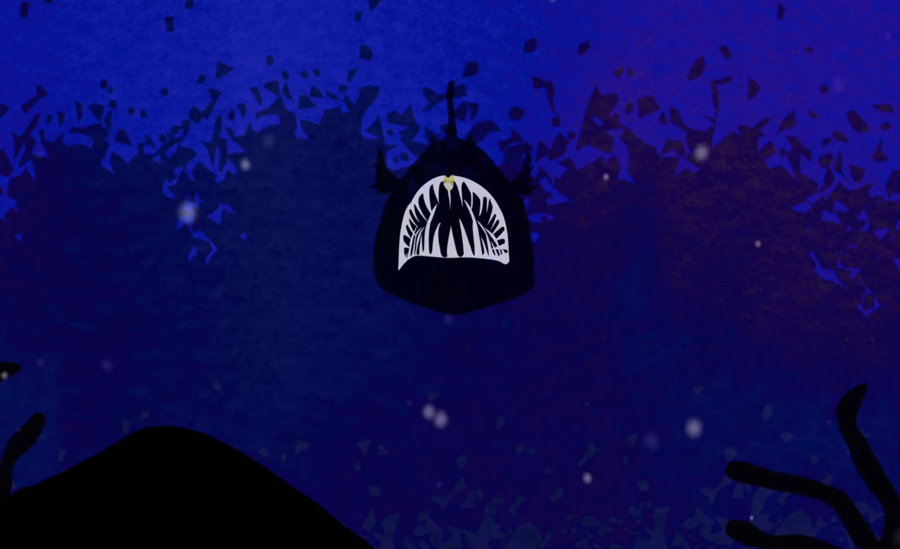“The ocean and your favorite vinaigrette may have more in common than you think. Water has different densities depending on temperature and salinity. So, the coldest, saltiest water is the heaviest. That sinks to the bottom. And the warmer, less salty water is lighter. So, that floats toward the top.”
This separation of water into different layers is called ocean stratification and it’s a natural occurrence. In an unstressed ocean ecosystem, currents, wind, and tides mix the layers, creating smoothed temperature and salinity transitions between them.
But our oceans are becoming more stratified with climate change, making it harder for the layers to mix. And that makes it hard for nutrients to travel up to the water’s surface or for dissolved oxygen to make its way down to deeper ocean layers.
Hakai Institute’s Long Story Shorts video above reiterates that these vertical exchanges are important for our planet’s health. “More stable layers are problematic,” affecting the weather and the beneficial circulation of cold, nutrient-rich waters.
What can we do? From the World Economic Forum:
“Adaptation planning can help identify alternative livelihoods, food sources, and effective responses to changing ocean ecosystems to better prepare local and global communities alike for climate change impacts.
“Ocean protection enables marine ecosystems to better endure ocean changes, such as ocean acidification, reduced oxygen and increased heat, so these systems can continue to provide the resources we depend on to live…
“Adaptation, mitigation, resilience and protection measures must be inclusive and just if we want to make effective change… We know a healthy ocean provides us with the resources necessary to sustain life – knowledge that indigenous people and local communities have passed down for generations. This underscores the importance of incorporating traditional ecological knowledge into climate response efforts.”
• Ocean Conveyor Belt for 5th to 12th+ grade students from National Geographic.
• Ocean Layers II Teachers Guide (.pdf) for grades 9-12 from NOAA.
• Ocean Circulation and its Impact on Climate: Detailed information from Penn State’s ‘Earth in the Future’ course.
Watch these related videos next:
• Harvard’s Convection Cell Demonstration
• Hot & Cold Water Science Experiment
• Sugar Rainbow, an easy density experiment
• How do ocean currents work?
• How to Save Our Planet
• How To Save Our Coastal Seas: Marine reserves and smart fishing
Curated, kid-friendly, independently-published. Support this mission by becoming a sustaining member today.




